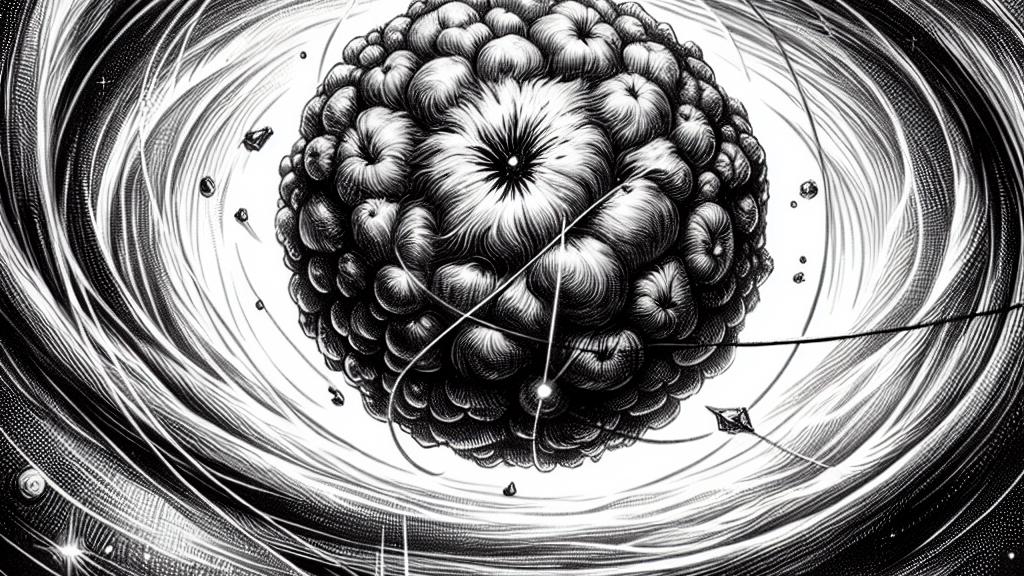Investigating Axions: Neutron Stars and Dark Matter Clouds
Overview
- Recent findings suggest that neutron stars may be surrounded by mysterious axion clouds, captivating scientists around the world.
- Axions, hypothetically lightweight particles, are thought to be a key piece of the dark matter puzzle that pervades our universe.
- The possibility of detecting these axion clouds could redefine our understanding of cosmic matter and the fundamental forces at play.

The Enigmatic Nature of Neutron Stars
Neutron stars are undeniably some of the universe's most astonishing phenomena. Picture this: after a massive star reaches the end of its life in a spectacular supernova explosion, what remains is a celestial body so dense that just a sugar-cube-sized sample would weigh around 6 billion tons! These stars, which are roughly 12 to 15 kilometers wide, possess an incredible gravitational pull capable of warping space and time. Furthermore, a recent study by researchers from elite institutions like the University of Amsterdam and Princeton indicates that the extreme gravity and magnetic fields of neutron stars might trap axions—tiny, hypothetical particles that could illuminate the elusive nature of dark matter, helping us understand what lies beyond our visible universe.
Axions: A Glimmering Hope for Dark Matter Understanding
So, what exactly are axions? These intriguing particles were proposed in the 1970s as a resolution to various theoretical challenges, much like introducing a special tool to tackle a messy dilemma. They are believed to be incredibly light and have weak interactions with other particles, making them notoriously difficult to detect. However, they have risen to prominence as likely candidates for dark matter—an enigmatic substance composing roughly 27% of the universe's total mass. Imagine dark matter acting like an unseen glue, holding galaxies together, ensuring they don't drift apart despite the wild forces at play in the cosmos. In their groundbreaking research, scientists suggest that if axions cluster around neutron stars, we could potentially observe clouds of these particles, providing insight into dark matter's true nature and its role in the cosmos.
The Exciting Possibility of Observable Axion Clouds
Now, let’s dive into the thrill of potentially witnessing axion clouds! Researchers speculate that the intense electromagnetic fields around neutron stars may facilitate the transformation of axions into photons—particles of light that can be captured using our current telescopes. Imagine the exhilarating moment when astronomers spot these axion clouds in the cosmos, heralding a new chapter in astrophysics! Not only would this validate the existence of axions, but it would also enhance our comprehension of dark matter and the fundamental structure of the universe. As scientists continue to explore this uncharted territory, the excitement builds. Could we be on the brink of discovering insights that reshape our understanding of the universe? The prospect of unraveling such profound mysteries should captivate anyone with a sense of wonder about the cosmos and our place within it.

Loading...